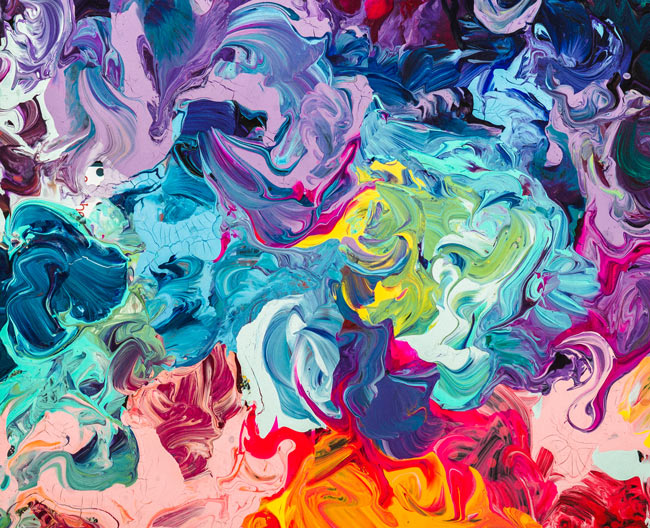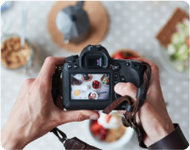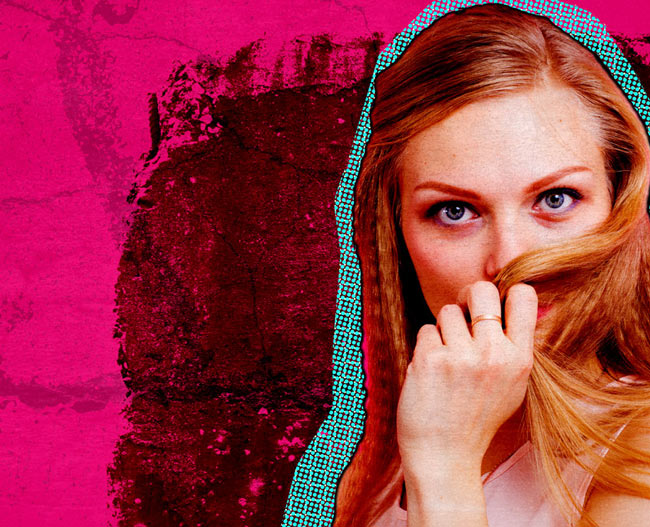
Teal Blue
Teal blue is named for the dark-greenish band on a small, freshwater duck called the teal. The first known use of teal as a color and not as an animal's name dates to 1917. Similar to cyan, teal blue can be fashioned by combining blue into a green base or vice versa—green into a blue base. You can deepen the resulting color with either black or gray. Teal's complementary color is maroon, but that is not the only hue that pairs nicely with it. Teal blue looks great with bright yellows, dark blues, white, creams, and black. It also goes well with light purples, various shades of blue, and silver. If you use teal with more vibrant colors, it provides for a mod, playful feeling. However, when you use it with softer, earthier tones, you can create a more subdued environment reminiscent of a majestic mountaintop on a foggy morning. Teal blue looks great in just about any living space. Many designers create accent walls of this color to provide a rich, royal vibe. It's popular in walk-in closets, powder rooms, dining rooms, and kitchens to achieve the same effect. To bring out the jewel tones in the color, pair it with gold or bronze metals. Teal blue can be playful as well. You might find the color in kids' rooms, playrooms, and mudrooms.
#00807E
#008080
#005A5A
#BFFFFF
#80FFFF
Find more colors
Get inspiration and creative tools

Complete Guide to Color in Design
Learn everything you need to know to successfully use color in design. Discover color theory, color meanings, and color modes to help you pick the right palette for your work.

Ready to start designing?
Try Shutterstock Editor, the easy and efficient design application. Create professional-looking social media posts, promotions, and more.

உங்கள் வணிகத்தை அதிகரிக்க படங்கள்
உயர்தர, சட்டப்பூர்வமாக பாதுகாக்கப்பட்ட படங்கள் குறைந்த விலையில் கிடைக்கின்றன.
நவம்பர் 30, 2023 நிலவரப்படி, Shutterstock.com இல் எங்களிடம் 475 மில்லியனுக்கும் அதிகமான உடைமைகள் உள்ளன.













